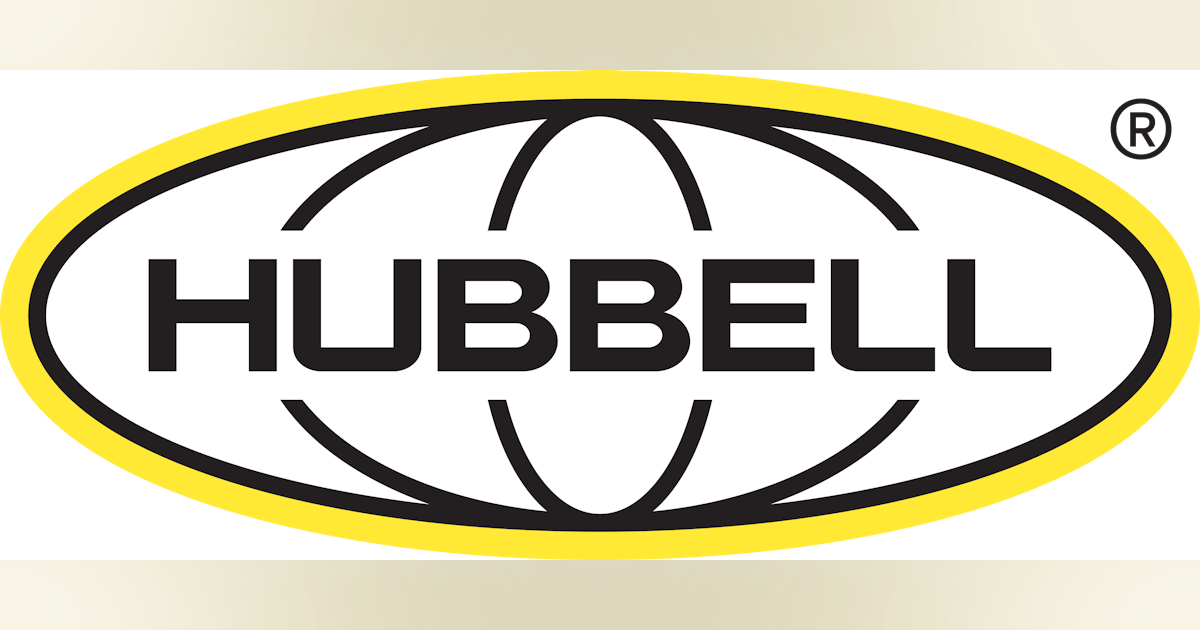
Hubbell Incorporated (NYSE:HUBB) reported a profit of $3.50 per share, missing the estimated $3.73 per share.
Revenue for the quarter was $1.37 billion, slightly below the estimated $1.39 billion.
The company projects its 2025 diluted EPS to range between $15.95 and $16.45, with an adjusted diluted EPS between $17.35 and $17.85.
Hubbell Incorporated (NYSE:HUBB) is a prominent player in the electrical utilities industry, known for its innovative solutions in electrical and electronic products. The company operates in two main segments: Electrical Solutions and Utility Solutions. Hubbell’s competitors include companies like Eaton Corporation and Schneider Electric, which also provide electrical products and services.
On May 1, 2025, HUBB reported its earnings, revealing a profit of $3.50 per share. This was below the estimated $3.73 per share, marking a negative surprise of 6.17%. This performance also showed a decline from the $3.60 per share earnings recorded in the same quarter last year. Despite this, the company has a history of surpassing consensus EPS estimates in three of the past four quarters.
Hubbell’s revenue for the quarter was $1.37 billion, slightly below the estimated $1.39 billion and down from $1.4 billion in the same period last year. This represents a 1.42% shortfall from the Zacks Consensus Estimate. The company has not exceeded consensus revenue estimates in the last four quarters, indicating challenges in meeting market expectations.
The company’s operating margin stood at 17.5%, with an adjusted operating margin of 19.3%. Despite a 2% decrease in net sales, driven by declines in organic sales, foreign exchange, and net mergers and acquisitions, Hubbell maintains a positive outlook. The company projects its 2025 diluted EPS to range between $15.95 and $16.45, with an adjusted diluted EPS between $17.35 and $17.85.
Gerben Bakker, Chairman, President, and CEO, emphasized the strong performance in the Electrical Solutions segment, which saw a 5% organic growth. This growth was driven by strength in datacenter markets and the execution of their segment unification strategy. However, challenges such as softness in Grid Automation and higher cost inflation partially offset these positive outcomes.
